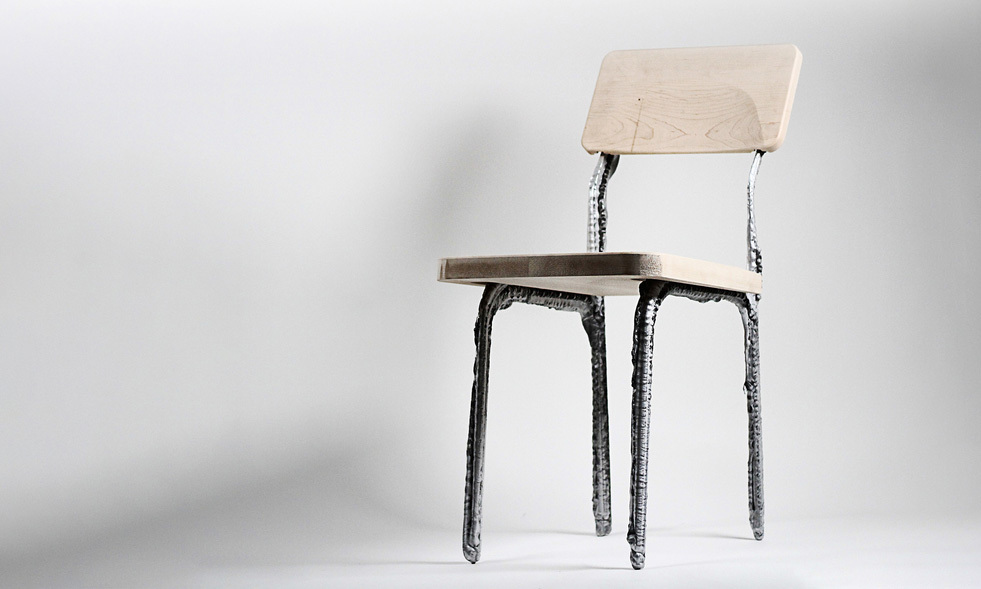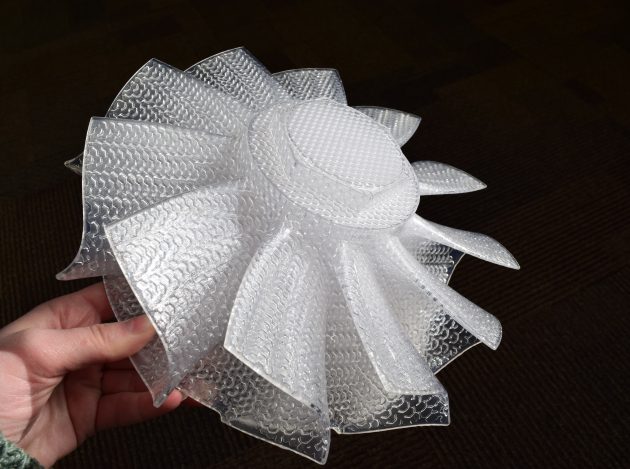WHAT IS A 3D PRINTED FILE?
A 3D file is a file type used to store information about images and 3D models in the form of text or binary data. All its geometry and animations are encrypted and compressed. Depending on the 3D file format, they have their own way of storing. For example, the STL format only stores 3D shapes, while the COLLADA format stores all other parameters and data.

The 3D printing process takes place with the 3D printing file as the first important and necessary factor.
SOME POPULAR 3D FILE FORMAT CURRENTLY
| STL The full name is Standard Tessellation Language. This is a 3D file format compatible with the most popular 3D printers today. | OBJ OBJ files (.obj) contain 3D geometry information. This is one of the oldest and most common formats you will find when exporting an object from most modeling software. This polygon format can carry a scale element (cm, inches, etc.). The material resolution of this format is outdated compared to more modern shading and material techniques. When exporting rectilinear geometry, this is a solid standard to take advantage of. | FBX FBX files (.fbx) are similar to OBJs in that they contain 3D object data; However, this file also contains animation data. That’s why this file type is most popular in film, and VFX – all industries that need complex models, materials, and animation. This file format is owned by Autodesk and is widely supported in both VFX and game development software. This file format can retain higher material resolution and supports many rendering engines. | gITF The GL Transfer Format (.glTF & .glb) is a polygon file format that serves as an open source, royalty-free counterpart to formats such as FBX. Originally created by the COLLDA working group, the KROHON Team now maintains this shared open file format for exchanging models and scenes. This file supports static models, animations, and moving scenes, like FBX. Developers often use this format in native web applications. This format is one of the more modern file formats, supporting the latest methods for shading and increasing material resolution, and as of the updated 2.0 version, this file format supports textured materials. physics-based output. |
| usd/usdz USD (Universal Scene Descriptor) is a polygon file format developed internally by Pixar and is now open source. This extensible file format is growing in capabilities through open standards and working committees such as NVIDIA, PIXAR, and ADOBE. This format showcases the latest concepts in 3D modeling, materials, and compatibility across a number of unique content creation tools. This format contains geometry, materials, scenes, and animation data. In many ways, USD is superseding conventional expectations of file formats because it efficiently stores entire scene data. | CAD files Some are proprietary, used only in closed ecosystems, while others work to maintain higher geometric resolution. You can see 2D, 3D and also parametric solids in these files. For a complete list of CAD Files supported in Substance 3D Stager (IGES, STP/STEP, IPT, IAM, .SLD, .JT, etc.) | X3D Display 2D and 3D file content on browsers like chrome, firefox,… | STP Compatible with CAD software and used for construction, architecture,… |
SO WHAT FILE FORMAT DOES 3D PRINTING TECHNOLOGY USE?
AMF and STL – represent the two most popular file formats for 3D printing. AMF is a more modern version and carries internal metadata to support printing and scaling. STL is an older format that lacks color and scale information.
Input file formats for 3D printing designs include a variety of STL, CTL, OBJ, PLY, ZPR, ZBD, AMF, WRL, 3DS, FBX, MJPDDD, 3DPRINT, IGES, IGS, STEP and STP file formats, BFF.

DOES SCANTECH VIETNAM SUPPORT 3D PRINTED FILE PROCESSING?
As a leading company in the field of 3D printing today in Vietnam, we are confident that our technical team can meet the most effective 3D file formats for customers.
In addition, we provide 3D printing file design services for customers who do not have 3D printing files. With the motto of choosing the most optimal method for customers, Scantech 3D Vietnam will quickly complete the entire printing process from consulting on 3D printing files to completing products to customers.
WHAT 3D FILE WILL MEET THE STANDARD?
- The 3-dimensional size is 5cmx5cmx5cm.
- Minimum thickness 1mm and suitable thinness.
- STL format is best for 3D printing.
“We build trust with customers from practical experience and product quality.”
Please refer to:
- https://scantechvn.com/du-an-so-hoa-3d-tuong-dai-to-quoc-ghi-cong-tai-bac-ninh/
- https://scantechvn.com/du-an-so-hoa-3d-dai-tuong-phat-a-di-da-tren-dinh-fansipan-sapa-lao-cai/
Large 3D printing workshop promises to meet both quantity and quality.
3D scanning is no longer a distant expectation in Vietnam.
OTHER NEWS













